 Added to quote
Added to quoteSearch the more than 56,000 items in the catalog.
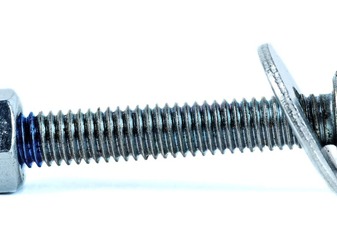
Threadlockers, also known as thread locking agents, are liquid or semi-liquid components that prevent corrosion, loosening, or seizing of various threaded fastening components. Particularly useful in the case of vibrations or shocks, these liquid adh...
Read more ...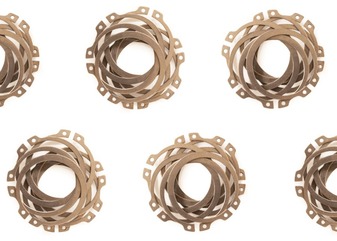
Seeger rings are safety components. A Seeger ring is indeed a special locking ring. Thanks to its universal application, it is possible to prevent the axial displacement of components such as wheels, bearings, sealing elements, etc., on shafts, spind...
Read more ...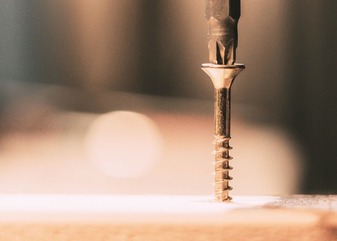
The market offers a remarkable variety of screw types, each with specific characteristics. Identifying the right one most suited to your needs can be a simple action when you know the intended use and the material you will be working on....
Read more ...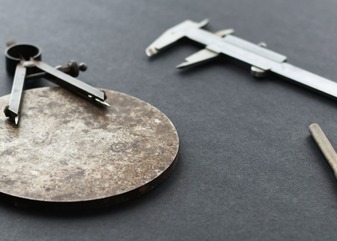
A screw is a threaded element used to fasten objects together. Used with a movement that converts circular motion into linear motion, screws are chosen based on their main application, thus the material they will be fastened to and the threading....
Read more ...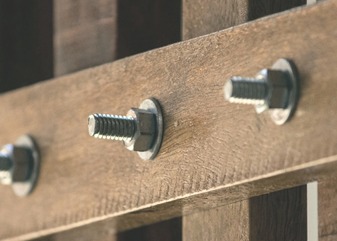
Screws and bolts are the two main fastening elements, widely used especially in the manufacturing and construction sectors. The difference between a screw and a bolt might seem clear to many, but given the commonalities between both, it's not so obvi...
Read more ...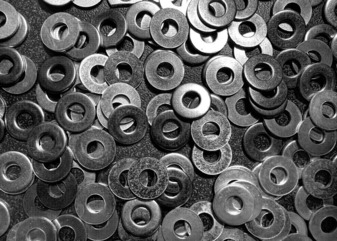
Also known as a shim or mechanical rosette, a washer is a disc-shaped element characterized by a hole, more or less wide, that is inserted between the nut of a bolt - or the head of a screw - and the object against which it will be screwed. The purpo...
Read more ...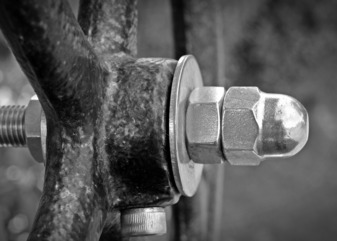
Nuts are fastening elements with a threaded hole. Generally used together with screws, with which they share the same type of threading and pitch, they serve to create a connection that holds the material on which they are applied together....
Read more ...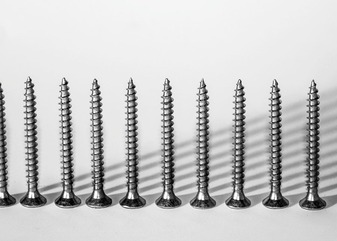
The wide range of screws available on the market is directly proportional to their possible and different uses. As we have seen in some other articles, the screw is a fastening element that finds a wide range of applications and, for this reason, req...
Read more ...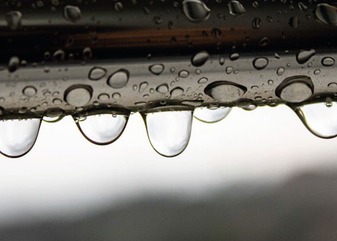
Corrosion is a slow and continuous consumption of a material, an electrochemical phenomenon, that leads to a progressive deterioration of the characteristics and physical properties of the element. It represents a true regression of metals to their i...
Read more ...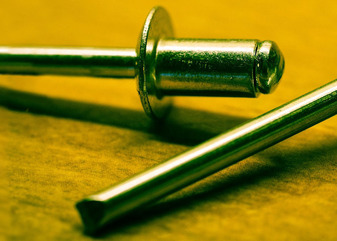
Rivets are non-detachable fastening elements used to join two components that otherwise could not be joined using other techniques like bolted joints, welding, or adhesives. These components are characterized by a head – available in various diameter...
Read more ...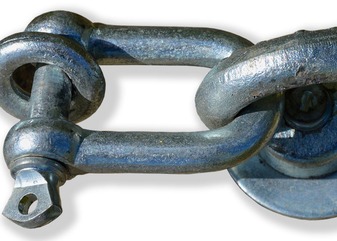
Lifting accessories are components or equipment that enable the lifting of a load. These elements play a fundamental role in lifting operations because, if used correctly and in accordance with regulatory standards, they minimize the risk of serious ...
Read more ...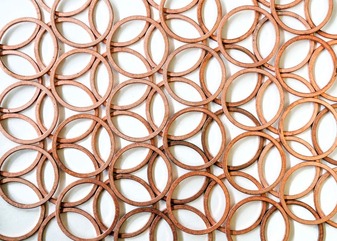
Sealing rings are mechanical elements designed to accommodate nuts and bolt heads. With a circular and flat structure, DIN 7603 sealing rings are mainly used as spacers in mechanical assemblies and distribute the load evenly over a large surface. In ...
Read more ...